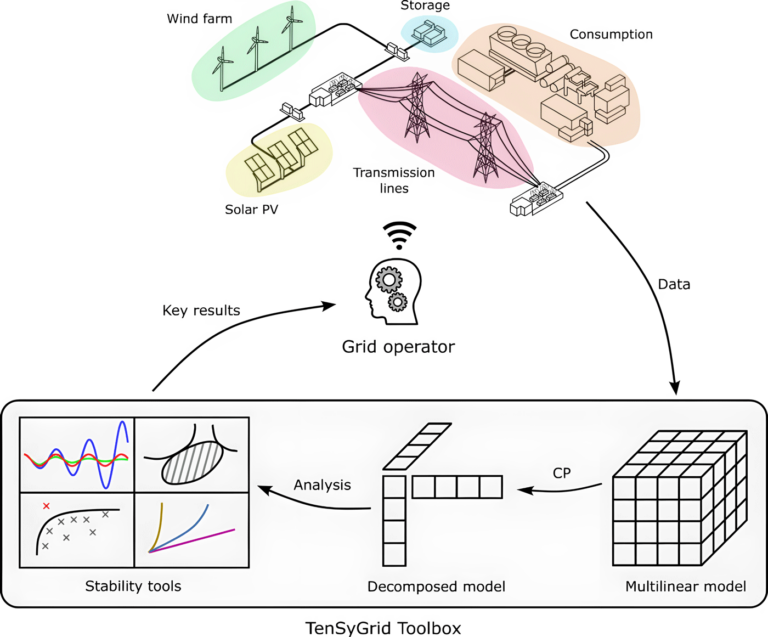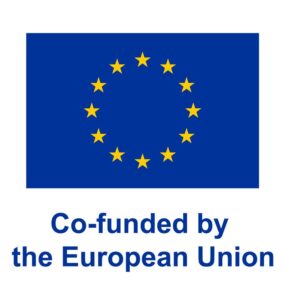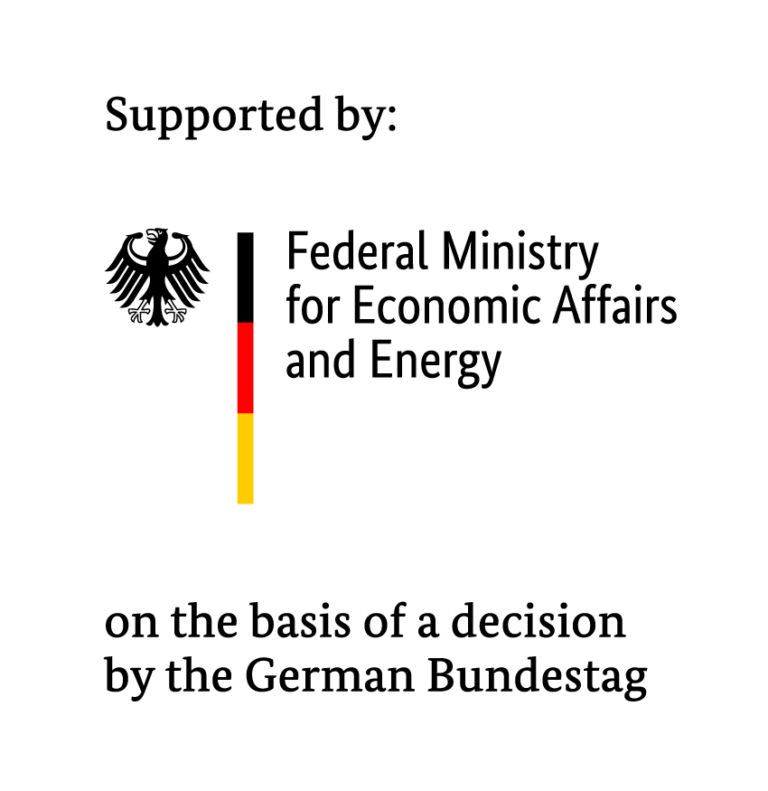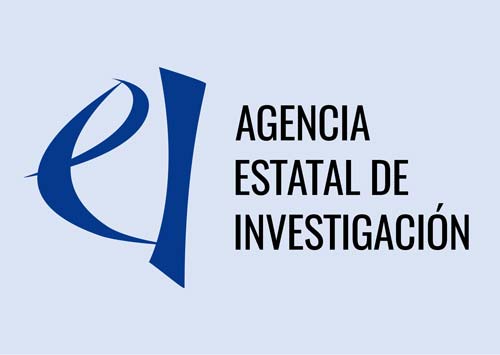Project facts
TenSyGrid will develop a toolbox with innovative stability analysis methods to facilitate the integration of 100 % renewable energy-based supply while maintaining a safe and stable operation of the power system.
Project Acronym
TenSyGrid
CETP Call Module
TRI1 – CM2023-02 Energy system flexibility: renewables production, storage and system integration
Grant
1.41 million €
Consortium
5 beneficiaries from 3 countries (Germany, Spain, and Malta)
Project Duration
36 months (12.2024-11.2027)
Coordinator
Fraunhofer IWES
This research was funded by CETPartnership, the Clean Energy Transition Partnership under the 2023 joint call for research proposals, co funded by the European Commission (GA 101 069750) and with the funding organizations detailed on https://cetpartnership.eu/funding-agencies-and-call-modules.
Tensors for System Analysis of Converter-dominated Power Grids
Achieving a safe and reliable power system with 100% renewables
©eRoots Analytics
The nature of the power system is radically changing due to the massive deployment of power electronics required for, among others, renewables integration into the grid. As a result, grid operators are faced with uncertainties when dealing with the new dynamics of low-inertia converter-dominated networks. These uncertainties essentially limit the integration of renewable energy sources due to the conservative limits needed as a precautionary measure to ensure a stable operation. Therefore, Tensors for System Analysis of Converter-dominated Power Grids (TenSyGrid) aims to develop a toolbox with innovative stability analysis methods to facilitate the integration of 100 % renewable energy-based supply while maintaining a safe and stable operation of the power system.
This research was funded by CETPartnership, the Clean Energy Transition Partnership under the 2023 joint call for research proposals, co funded by the European Commission (GA 101 069750) and with the funding organizations detailed on https://cetpartnership.eu/funding-agencies-and-call-modules.
Supported by:








